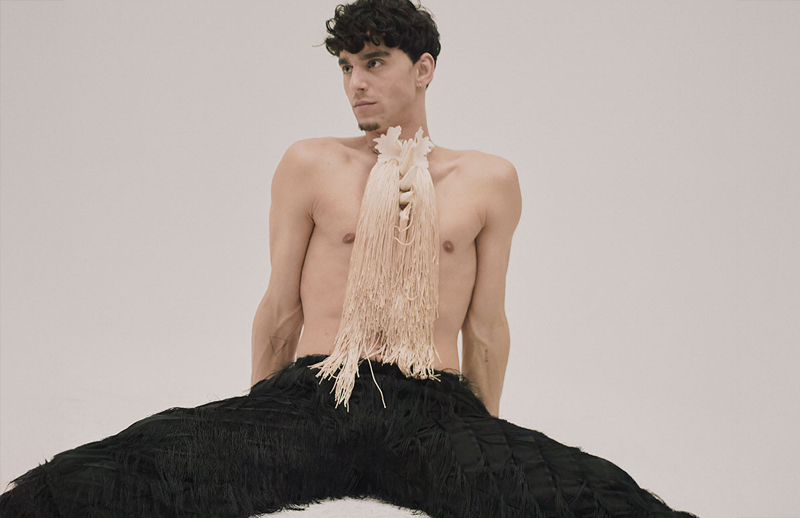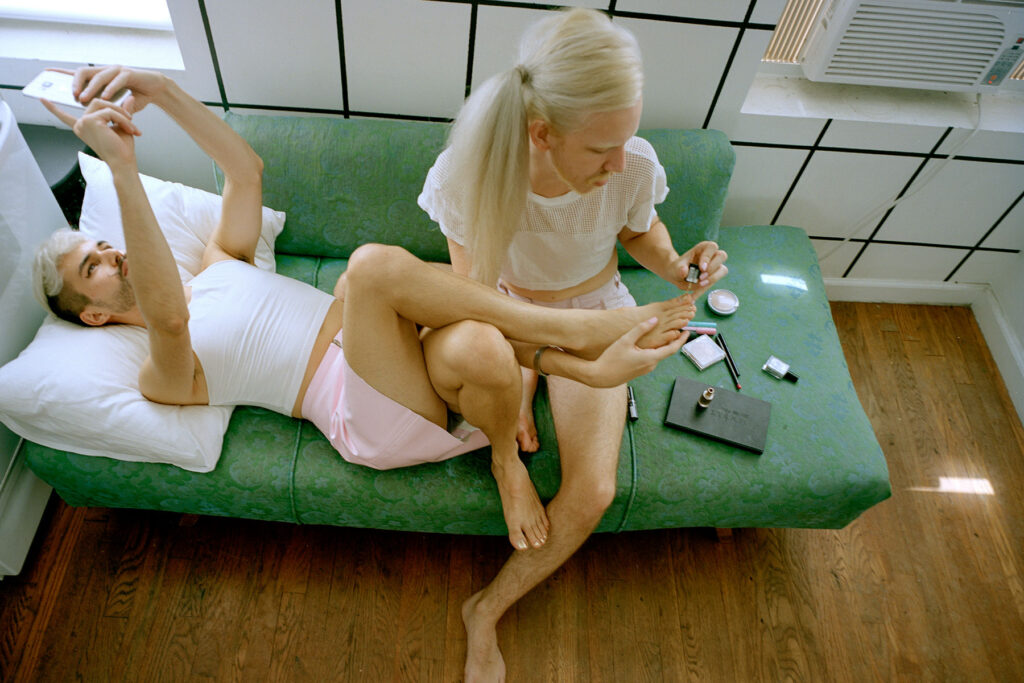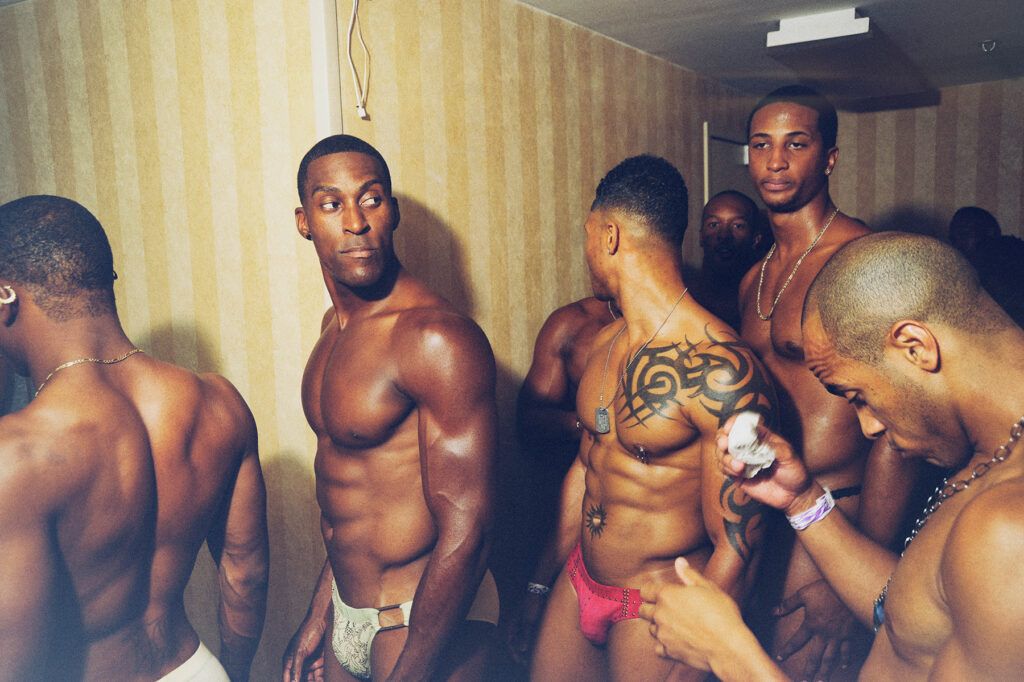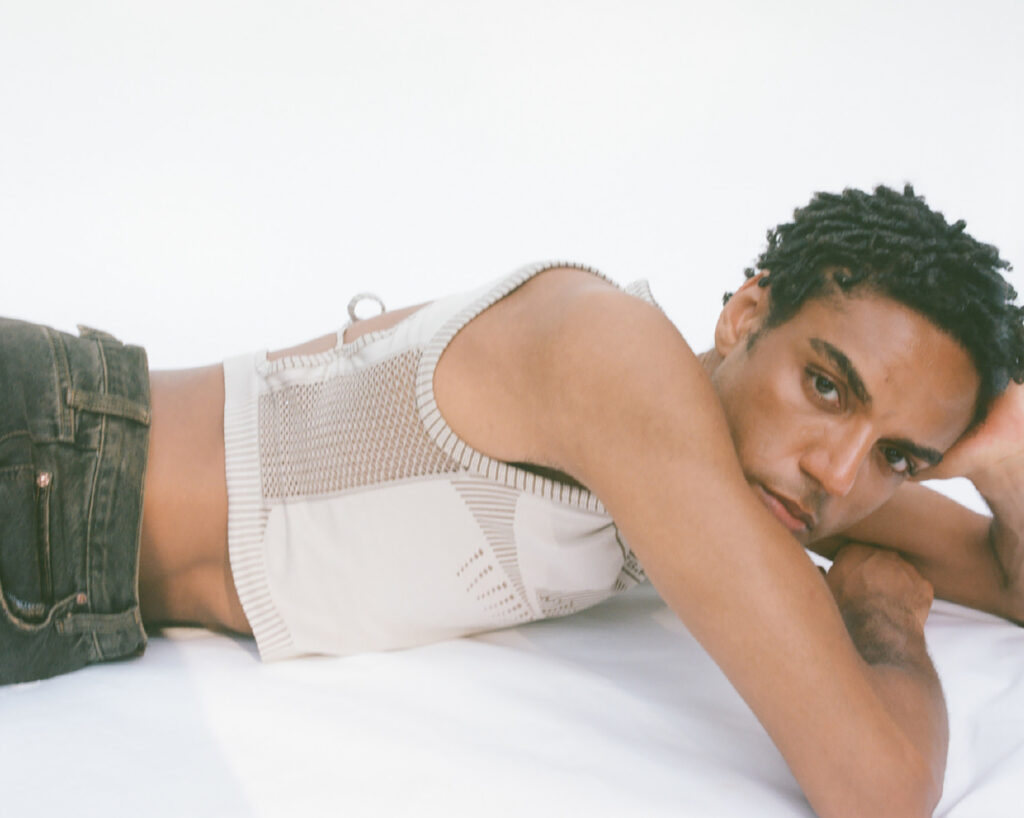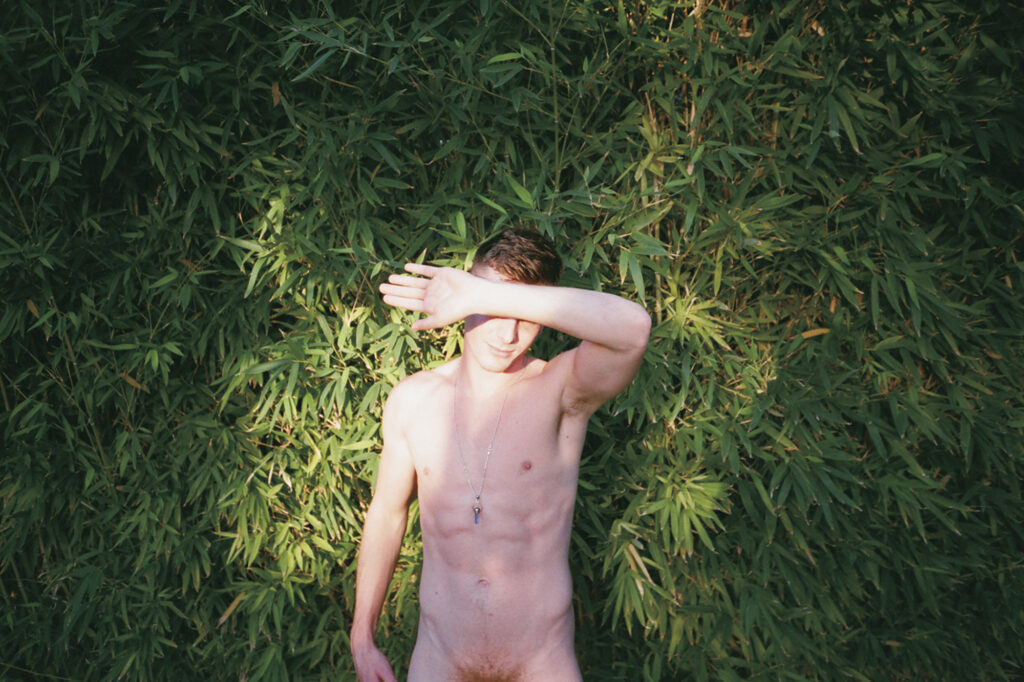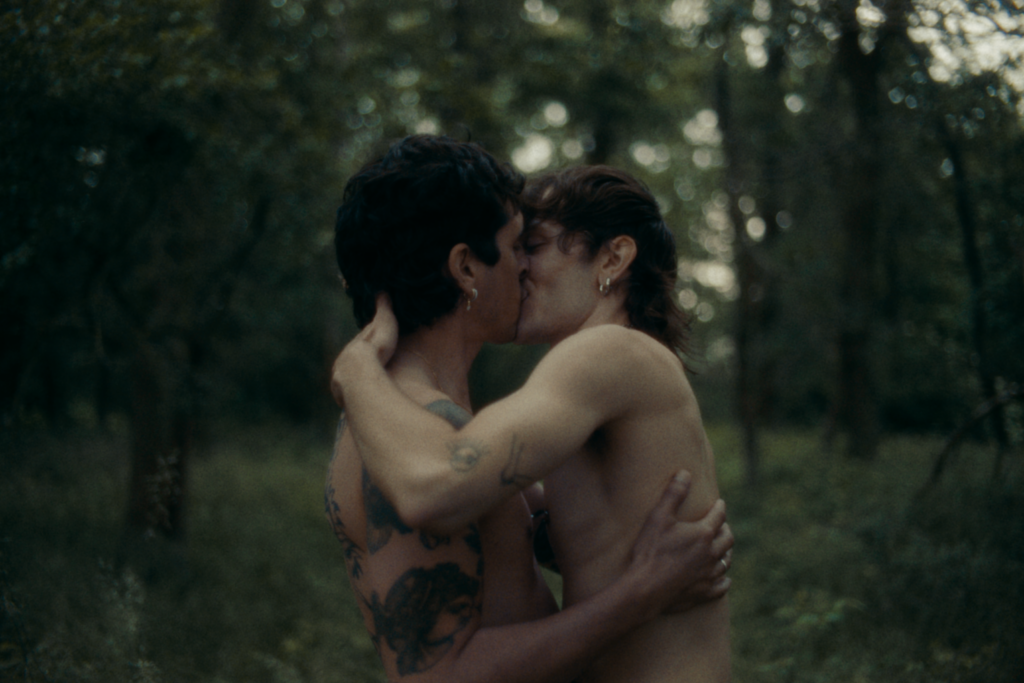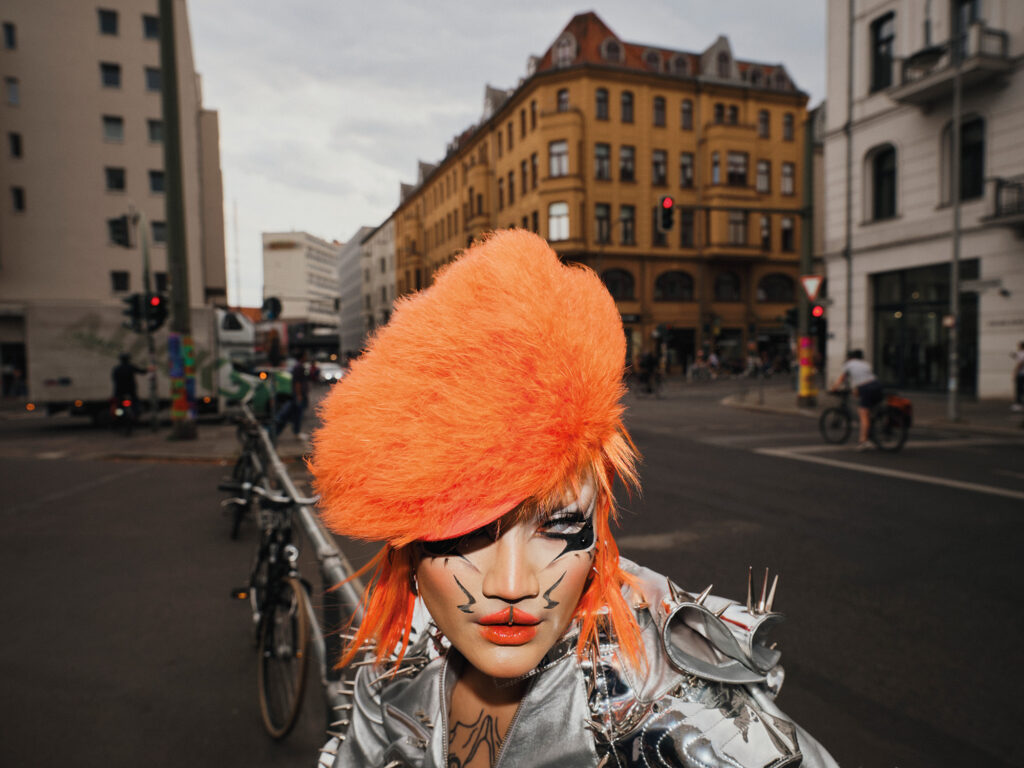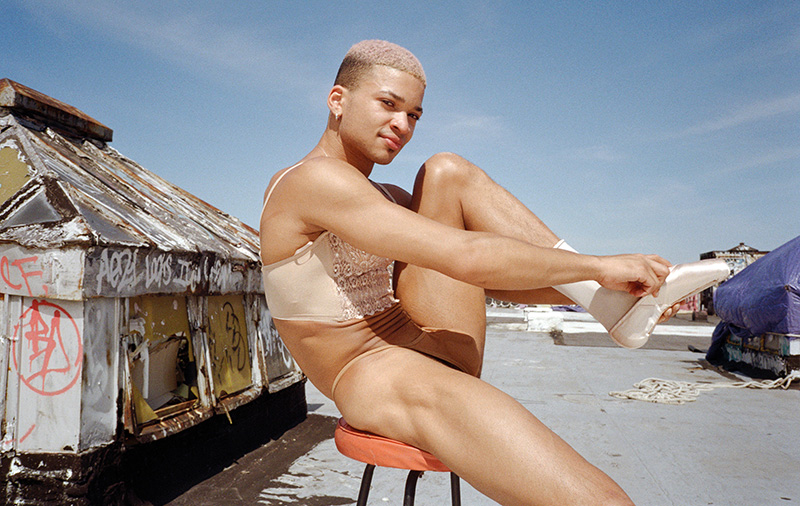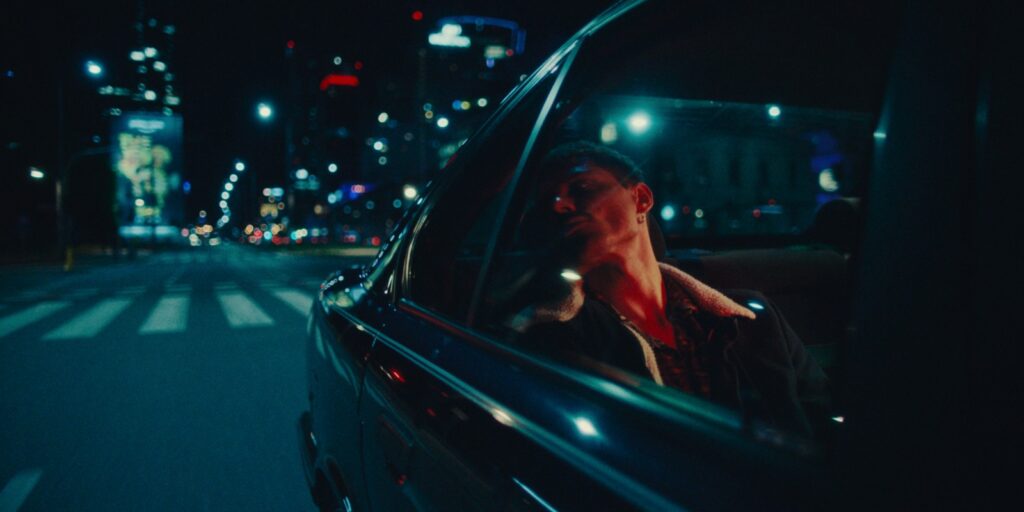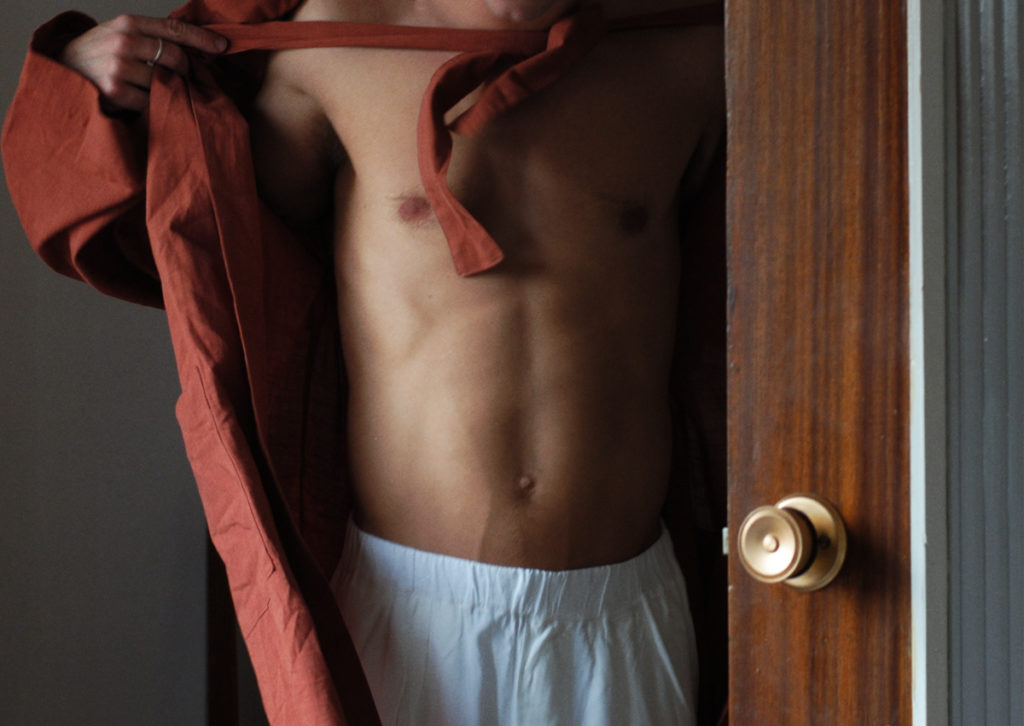Welcome to the wonderful world of imperfection. Immerse with us into the analogue universe of Annika Weertz and her view on breaking gender stereotypes. So sit down, open the window for a little kiss by the sun and put on an old record of Janis Joplin. Feeling the love of the moment, you’re in the right mood for some intimate moments and Annika’s love on vulnerability and fragility.
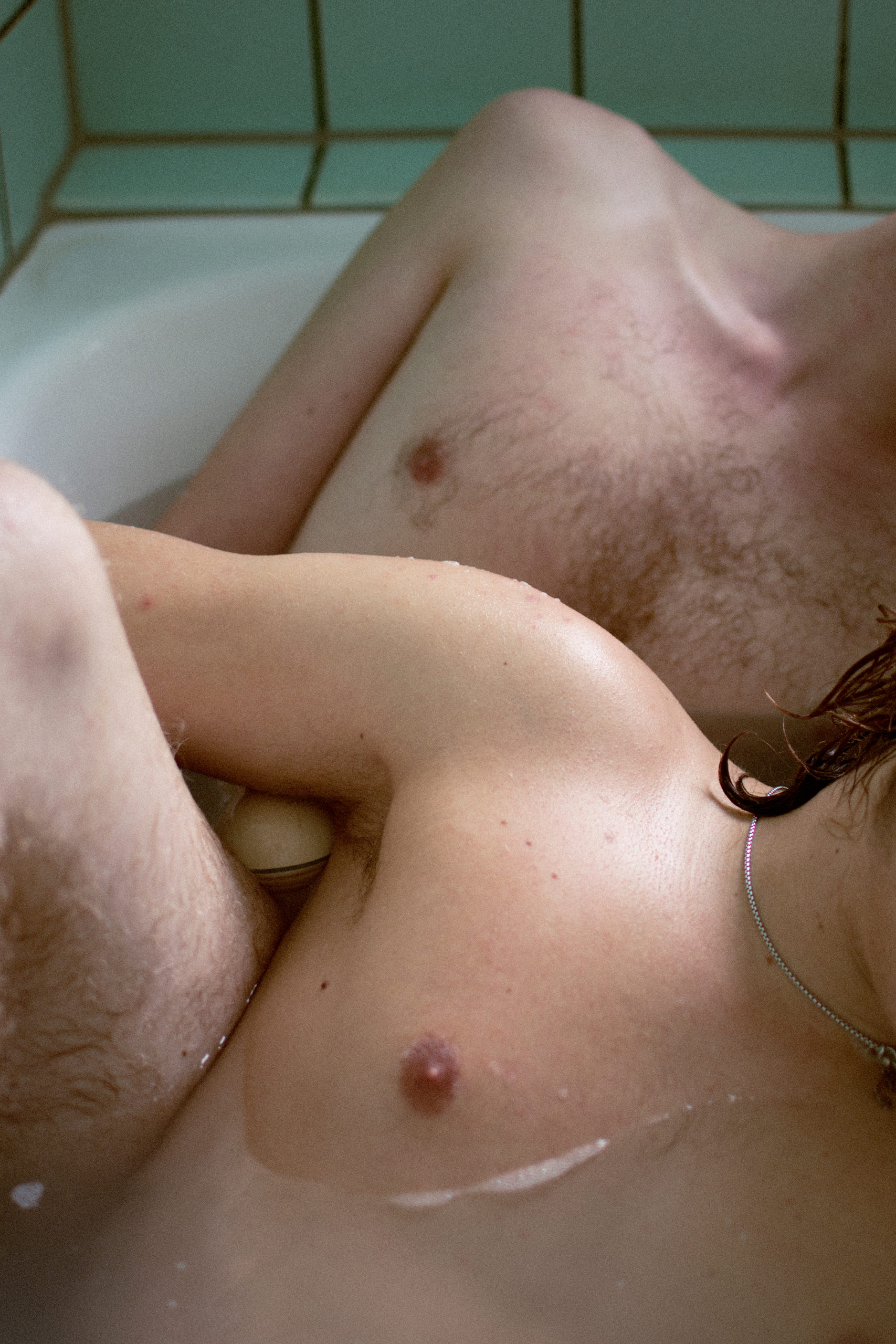
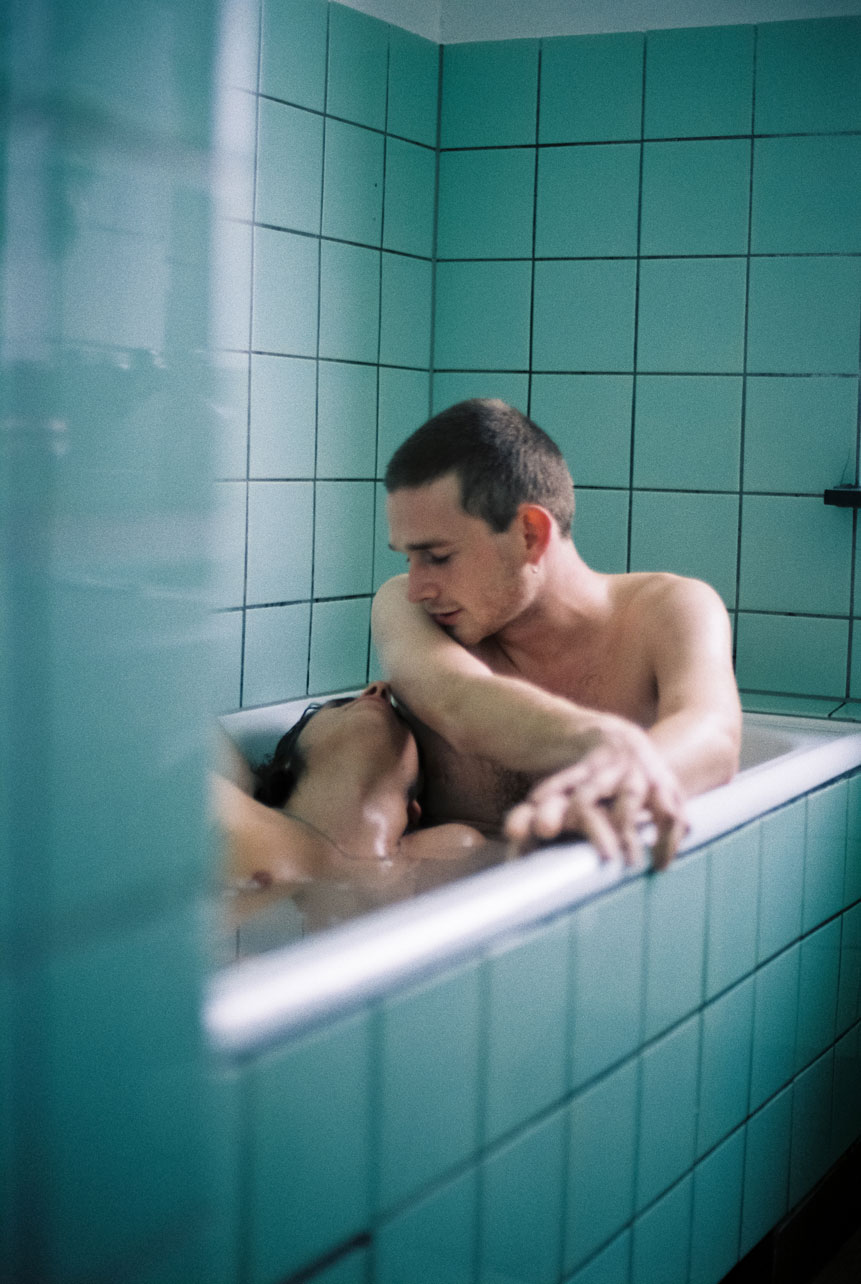
What did you do before starting to answer this interview? We are curious how your day may look like.
Right now, it is Saturday morning and I am actually out of my routine. My boyfriend is visiting over the weekend and usually we just hang out in bed, have coffee, get dressed and go to the markets but today, he is meeting a friend and so I decided to go to a small coffee place around the corner. I’m sat right here, outside with a big cappuccino, listening to Nick Cave to blend out the traffic noises — it’s not the best place to sit outside, but it is a beautiful day and close to where I live.
What was your first motive when did you start with photography?
Oh, I have to go way back in time for that. The first things I can remember taking photos of are our horses. When I was really young my parents separated and a few years later we moved in with my mum’s new partner and he lived on a farm with lots of horses.
Looking at your pictures you feel very close to your models. That brings your pictures on a very authentic, very warm and peaceful level. How do you create these moments?
That is probably down to me mostly photographing my friends or people that I know. If I don’t know the person at all, I make a bit of an effort to get to know them at least a bit. Have a coffee before or talk via the various messengers that are out there. I don’t need much time to get a reliable impression of a person or gauge whether taking photographs of them will work for me or not. If I don’t feel we are on the same wave length, I rather not take the picture. That obviously only goes for personal work.
Also, while actually taking the pictures I would like to think I am not forcing people to concentrate on anything much — unless I want something specific. If I just sit down for portraits without a certain idea, I let them talk and ramble about whatever they want. It helps them to loosen up, I can observe through the viewfinder. I rarely give too specific instructions. I like to let them move about, feel comfortable, get lost in their heads for a while.
Looking at your pictures it feels sometimes like browsing in old a diary or photo album. Your style has something very compelling and documentary, maybe even nostalgic – but that is just my very own personal perception. How would you describe your work yourself?
That is a very nice observation. I always wondered whether someone saw or felt that, too. In my opinion that varies though and depends on the series you are looking at. In my Videotape series, it is definitely the case, it is a personal documentation, a diary if you like. The nostalgic touch is something I like to incorporate in every picture though.
So, back to the actual question: How would I describe my work? I would say it is personal, intimate, relatable, direct, very often very grainy and a bit harder to place because I like to avoid technical devices that give away what day and age we are living in.
Do you think the choice of your camera will enhance or change your point of view, your telling story, and your look at the models?
I don’t think the camera changes the way I look at people, it certainly does change perspective and angle from a technical side, though. The choice of camera does change the way of taking images. Shooting analogue formats slows it down a lot.
You told us there will be a documentation of your relationship soon. What can we expect and why this project? Tell us more about it.
Yes, that is true. The book I am working on is the first Volume of my Videotape series. A very personal and intimate documentation of my relationship. Expect to read not only a bit of poetry but also how I fell in love with this man, to see his body parts shot on various mediums, from polaroid to iPhone, also my face makes an appearance every once in a while.
So, why? I am always looking for a project that really takes my interest for longer than a few months. Something that is never finished that you can do almost forever. I started taking photographs of him since we got together, I don’t get tired of it, I always want to go further and explore the obsessiveness that comes with documenting my romantic relationship in all mediums. Be it in writing, photographs or moving image. It is the only thing that satisfies me more than all the other things. Plus, with this project, I have to push myself and be brave to let others in.
It is somehow terrifying but at the same time it is very important to me that it is terrifying. If it is too easy to do and doesn’t take courage to publish, it loses a bit of value on the whole. To try and capture the intimacy we share and at the same time always realizing that no photograph actually does the relationship justice. No photograph actually shows the intensity of what I feel, which is why I have made it my task to be obsessive and take as many pictures as I can to emphasize it. I hope this makes sense. But yes, as I mentioned, it is Volume I and it shows our first two years together on 196 pages. I could already start working on Volume II…
When will it be published and where can we purchase your new work?
I really hope, I will be able to publish it this summer. The book itself is finished. Layout, image selection and all that is done. I am currently busy with finding the right print and paper option and I am trying to figure out how to navigate the sale. There will definitely be a link on my website whenever it is finished and I will probably pressure my instagram followers to buy it. So, you will know. Be sure. I can also send you emails. Lots of them.
Are there any people who influence and inspire you and your work?
Yes, since I started taking images at the age of 16, I was fascinated by Helmut Newton who is probably responsible for my interest in nudes. But newer and more current influences are Ryan McGinley and Nan Goldin. One of the most inspiring things I have watched was the speech McGinley held at the Parson School of Design a few years ago. He gave one advice that stuck with me and that was to be obsessive. It is constantly in my head and it pushes me. Such simple words with such significant power. In terms of portraits, I admire the work of Kevin Cummins (especially his old work), Mick Rock and Richard Avedon.
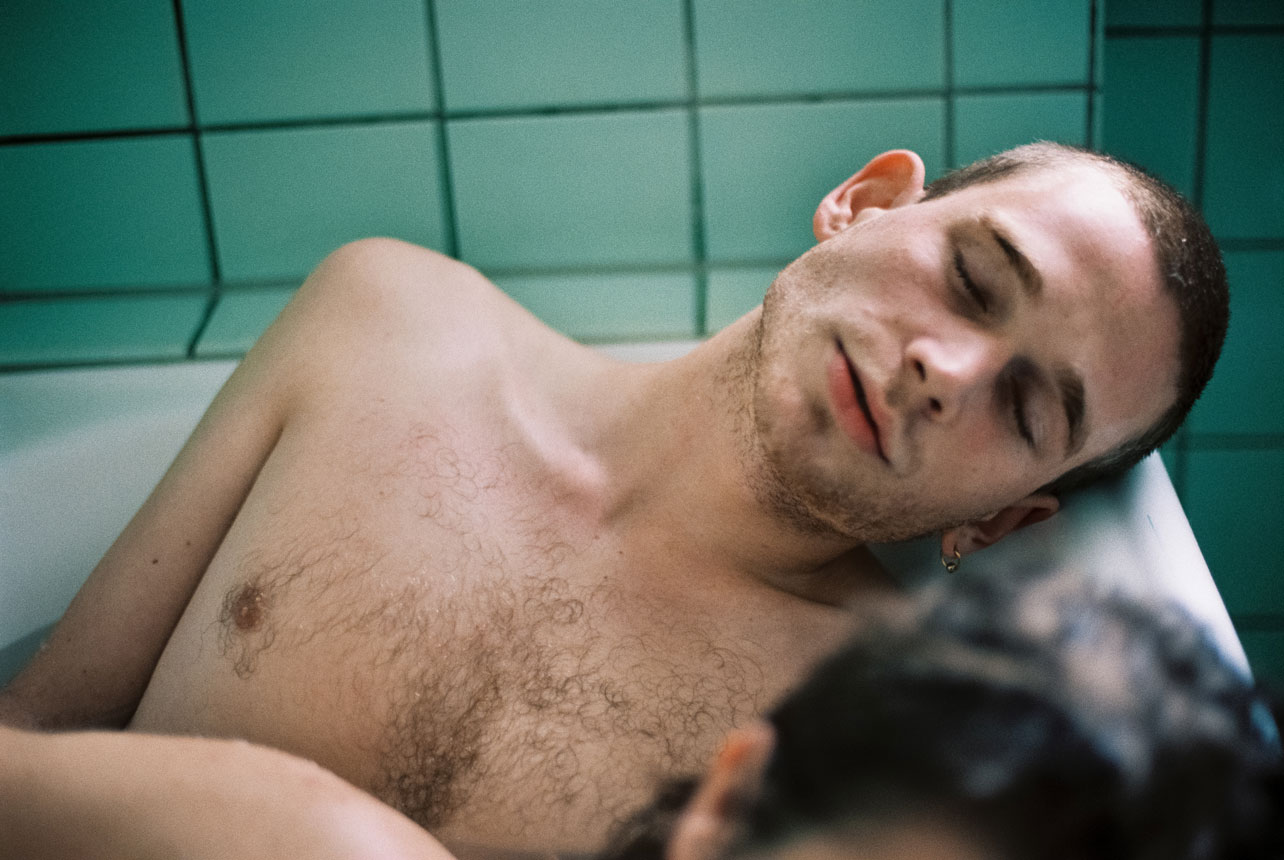
At the last Container Love exhibition, you were represented with some pictures. There we have asked our guests what they see in your pictures. Sometimes they imagine complex love stories around of your snapshots. So it’s fair to ask you the same question: Dear Annika, what’s the story behind your pictures?
Actually, the story behind it is the most banal thing, which is what I like about the series the most. The idea for it just struck me in one of those moments. I thought: So, if people see photographs of two naked women sharing a bath, they don’t assume they are lesbians. But if I put two naked men in a bath tub, most people will assume they are gay no matter how open minded they are. Until now, I have made the observation I was not wrong about that at all.
Container Love’s mission is to highlight the beauty in diversity, to change points of view, and stand up for more tolerance with the help of pictures and basses. Which part reminds you of yourself?
I think my images do not depict diversity in the way it is currently seen a lot. I don’t take pictures to emphasize diversity because to me diversity is an obvious and natural thing. I don’t need to tell everyone that most of the men I shoot are gay or not. I don’t really care about someone’s sexuality because I think it is none of my business. That does not mean that portraying diversity is not important, it definitely is. But my personal work on the whole is personal, so I like taking pictures of people I like and whose faces intrigue me. I don’t care if someone is straight, gay, asexual or whatever as long as they are nice and fun to hang out with.
But sometimes I like to play with society’s narratives as I did with The Bath Time Diaries. That is more tongue in cheek though, I like those things. I recently noticed that a lot of the people that follow my work online probably don’t have an idea that I am a very dry and sarcastic person. I guess that influences my work in that area a lot, maybe more on a meta level. I generally don’t like my work to be overly obvious and I don’t want every image to have a strong immediate statement. I want my body of work to be an atmosphere that you would like to dive into. Where differences within society do not matter, because I think that is the way it should be.
If you could change something in the world, what would it be and why? (But please choose exactly one thing.)
I know this is probably the point where I should ban plastic, war and famine, but I want to stick to something, I have repeatedly said in the last few weeks to my friends: I would banish all loud noises that don’t have any purpose. That also means less cars and scooters, so I guess I can check environmental issues off the list.
What is your dream or goal in relation to your artistic work?
I always dream very big. I wish to live off it but I know this will take blood, sweat and tears.
We are looking forward to your book and keep sticking on you.
Lots of Love.
Check out Annika Weertz on Container Love’ Editorial.
